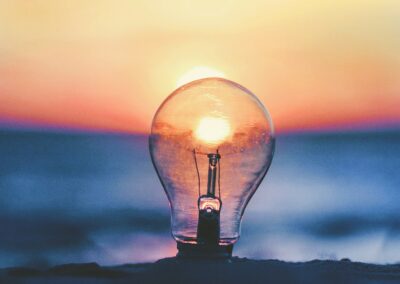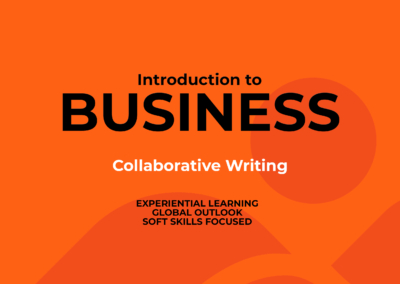
Roblox 2022-2023
ROBLOX’ Monetization Strategy
Stap de l’Athens
2022 | Innovatank Case Study | Cross-Institutonal Competition
Learn More
As part of the Innovatank Publishing Program, textbooks all come with our latest technologies in creating relevance and engagement in the classroom. Students have access to real-life cases, industry professionals interview content, talent search ranking in addition to all features included in this program.
Introduction:
It was February 16th 2022, Roblox CEO Dave Baszuski just got off a video interview with CNBC where he was grilled for Roblox’s lackluster 2021 fourth quarter results. As Baszuski left the call, he took a moment to reflect back on everything that he had accomplished with Roblox since its humble beginnings as Dynablox in 1994, a physics engine designed for learning (Appendix 1). There are currently over 20 Million Unique Experiences on Roblox, 49.5 Million Daily Active Users (DAUS), 10.8 Billion yearly hours of engagement, and 1.9 Billion in yearly Roblox revenue.
Roblox is a unique gaming company with two parts: the Roblox Studio where game developers can easily create experiences (games, social events, shopping, music concerts, schooling) and Roblox Online Gaming platform where users can socialize and meet others while engaging in these experiences.
Although Baszuski was extremely pleased with his company’s results, investors had a different outlook coming out of the Covid-19 Pandemic. There was a growing concern that Roblox’s recent success was only temporary and that once in-person learning and activities got back into full-force, DAUS and Hours Engaged would begin to decline, taking Revenue and Cash Flow down with them. (Appendix 2)
Investor uncertainty over the last quarter (November 2021-January 2022) has pushed Roblox’s share price down 28% below their IPO and down 63% below their most recent high. (Appendix 3)
Given the investor concerns, Baszuski is considering whether or not Roblox should take a more aggressive approach to monetization in the coming year.
Specifically, where should Roblox invest their resources in order to regain investor confidence, and bolster Roblox’s bottom line.
As consultants, you have been brought in to investigate Roblox’s Historical Financial Statements and to present your analysis, recommendation, and implementation to Roblox’s board of directors.
We recommend 2 Rounds of experience for students.
Round I
Round I is exploratory allowing students to explore the case, discover themselves and learn to work as a team to recommend a solution.
Through the Innovatank process, students are provided with thorough feedback to improve.
Round II
Round II is iterative, providing students the chance to take a step back and think like an executive. Absorb the discussions in the classroom and provide a revised recommendation.
At the end of each round, students are ranked.
Option Round III
Cross-Sectional Competitions Available –
Students can compete against other sections within the institution.
Cross-Institutional Competitions
Students can compete against other institutions on the platform.
Staps de l’Athens is an enthusiast in case competitions and an avid case writer on Innovatank. He loves learning and writing cases about the latest technologies and pedagogically transform them into classroom ready discussions.
This case study is best used to introduce topics of cryptocurrencies, virtual reality, innovation, gaming in disciplines of Financial Accounting, Entrepreneurship, Marketing, Management, Innovation Management, Ethics, Finance.




























